Writing Teaching Resources
Teaching writing strategies and the writing process this school year? Explore a comprehensive collection of teacher resources for elementary and middle school ELA teachers — all created by teachers!
Stocked with graphic organizers, writing prompts, templates, worksheets and so much more, this collection of printable and digital activities is designed to help you as you help your students become more effective communicators and unleash their creativity and imagination.
Save time on lesson planning with resources that have been through a careful review process by an expert member of our teacher team to ensure they're ready for your classroom and your students!
Are you looking for tips and tricks to add to your teacher toolkit this school year? Read on for a primer from our teacher team, including engaging activities for teaching writing in elementary and middle school and a look at some of the different writing strategies your students will need to learn.
11 Writing Strategies Kids Should Know by the End of Middle School
We can't talk about teaching kids to write without talking about the different writing strategies that can help them do just that!
When it comes to teaching our students to become confident writers who articulate their ideas effectively, here are some of the strategies our teacher team prioritizes:
1. Brainstorming
Brainstorming is something we often do in the classroom, and it's a crucial part of learning to generate the ideas that will drive students' writing as they progress through their educational journey. Kids should know how to create a list of potential topics or points related to a particular writing assignment.
With younger students, this is often done as a whole group by writing ideas and points on chart paper. In upper grades, students transition over to using text-based materials to generate ideas and talking points.
2. Outlining
Before diving directly into any assignment, our students should be able to create a structured framework or outline. Teaching students how to create this outline will help them organize their thoughts and arguments for penning their essays, reports and research papers.

3. Using Graphic Organizers
Technically graphic organizers are classroom tools, so you may not think of their use as a writing strategy per se. However, learning to use these tools is another means of providing kids with the tools they need to organize their ideas and information before they sit down to write.
These organizers are particularly useful for expository writing — students can use them to outline main ideas, supporting details, and transitions.
Students can also take advantage of story maps when they are working on narrative writing to plot the key elements of a story, such as characters, setting, conflict, rising action, climax and resolution.
Graphic organizers such as the OREO strategy and hamburger paragraph are also great tools for students to use when working with opinion and persuasive texts.
4. Freewriting
Writer's block is the enemy of creativity, and it can easily frustrate young students who don't know where to begin.
When students freewrite, they write continuously without worrying about grammar or punctuation. This writing strategy can be extremely freeing — hence the name! — and helps frustrated writers move past that writer's block, generating fresh ideas.

5. Peer Editing
Learning to review and provide constructive feedback on each other's work is a great writing strategy to employ in your classroom to help students improve their writing quality and enhance their editing skills.
The strategy allows your students to learn from one another, and it arms them with an important tool they can use well into the future — calling on peers to provide a critical eye to a piece of writing.
6. Using Sensory Language
Working on descriptive writing? With this writing strategy, students engage the reader's senses through vivid and sensory language to create a more immersive experience.
7. Including Transitions and Connectives
As students become more proficient in the writing process, learning to use transitional words and phrases allows them to create smooth transitions between sentences and paragraphs. This strategy makes their writing more coherent and polished.
8. Incorporating Evidence
In persuasive, opinion, and expository writing, students are taught to support their claims with evidence and examples to strengthen their arguments.
It takes some practice to train your students to use evidence in their writing, so it's often a good idea to start with something simple, like the R.A.C.E.S. strategy.
9. Crafting a Thesis Statement
In expository, opinion, and persuasive writing, crafting clear and concise thesis statements that summarize the main point or argument of their essay helps students be more focused and organized in their writing. This strategy can also have the effect of empowering students to express their ideas confidently and persuasively.
10. Incorporating Introductions and Conclusions
With this strategy, students practice crafting effective introductions and conclusions that grab the reader's attention and leave a lasting impression.
11. Following a Revision Checklist
Teaching your students to use a revision checklist is a strategy that will help them be more self-reflective, evaluating their own writing against the checklist criteria and becoming more aware of their strengths and weaknesses.

- Plus Plan
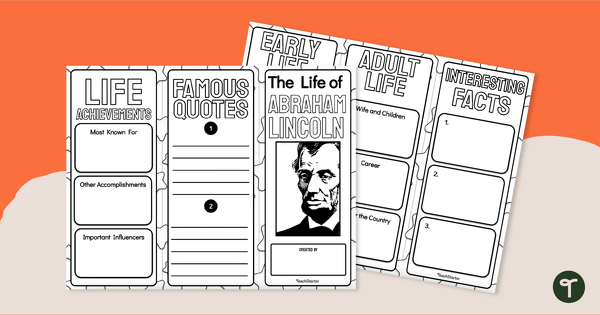
Abraham Lincoln Brochure Project
Demonstrate learning about the Abraham Lincoln’s contributions to America with a brochure project.
- Plus Plan
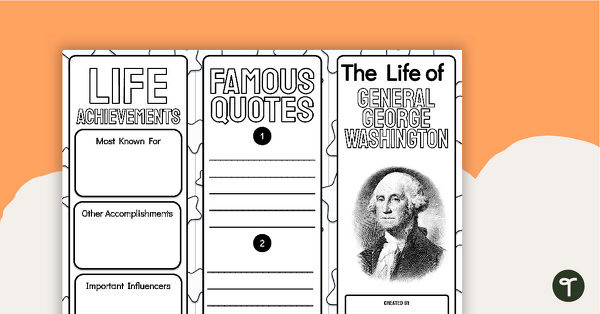
George Washington Brochure Template
Demonstrate learning about the George Washington’s contributions to America with a brochure project.
- Free Plan
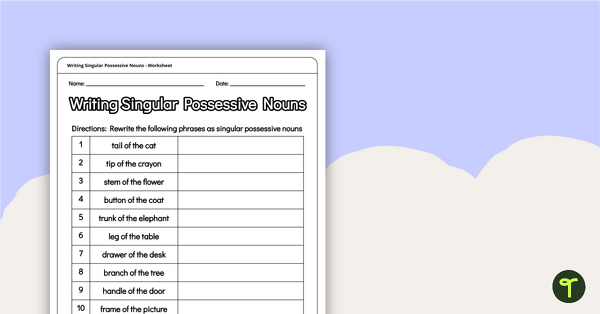
Writing Singular Possessive Nouns Worksheet
Practice writing singular possessive nouns with a possessive worksheet.
- Plus Plan
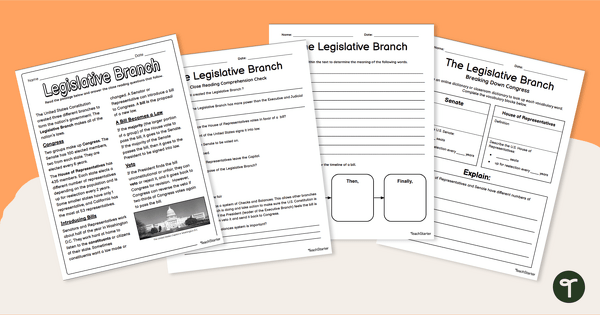
Powers of the Legislative Branch Comprehension Pack
Learn about the leaders and responsibilities of the Legislative Branch of the United States government with a reading passage and comprehension worksheets.
- Free Plan
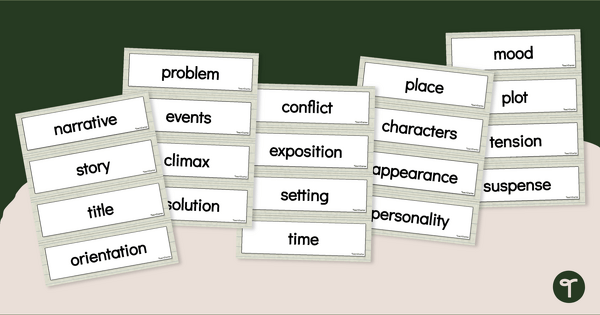
Narrative Writing Word Wall
A set of 44 vocabulary words related to narrative texts and narrative writing.
- Free Plan
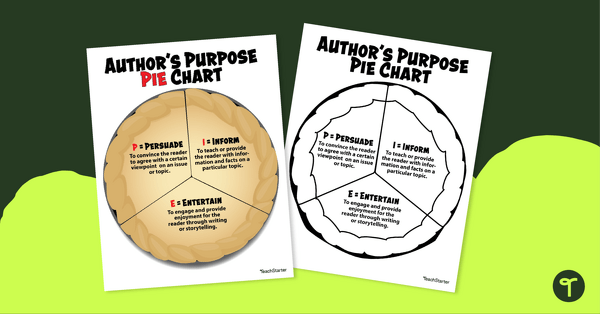
Author's Purpose Anchor Chart
A poster highlighting the three main reasons an author writes a piece of text - to persuade, to inform, to entertain.
- Plus Plan
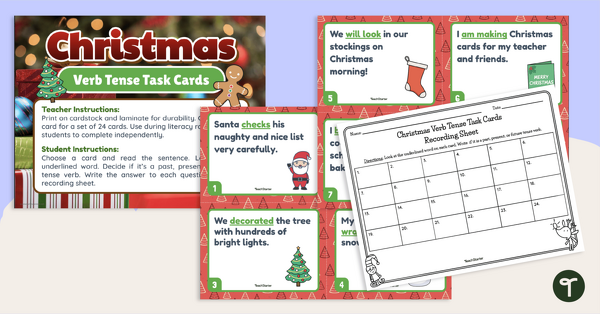
Verb Tense Printable Christmas Activity Cards
Practice identifying past, present, and future tense verbs with a set of Christmas Verb Tense Task Cards!
- Plus Plan

Christmas Worksheet - Sentence Editing
Edit and correct capitalization, punctuation, spelling, and spacing errors with a set of Christmas Fix the Sentence worksheets.
- Plus Plan
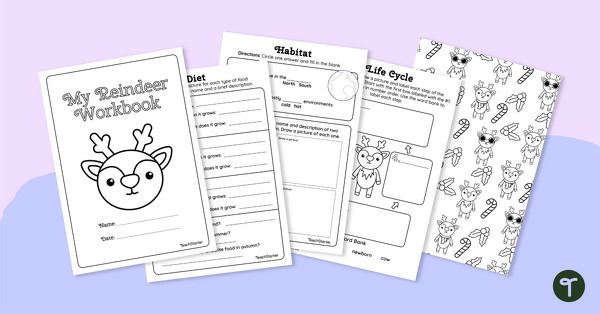
Reindeer Research Guide - Mini Workbook
Research all about reindeer and use this guided research template to organize student learning.
- Plus Plan
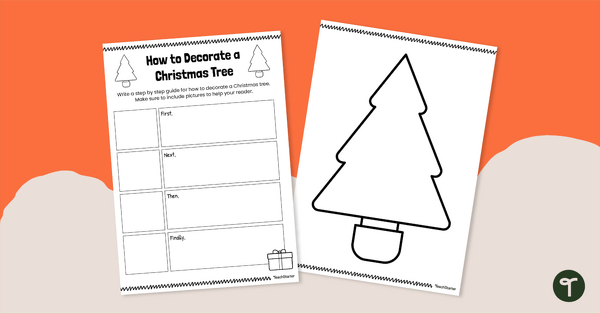
How to Decorate a Christmas Tree - Kindergarten Writing Worksheet
Practice kindergarten writing skills with a Christmas procedural writing prompt.
- Plus Plan
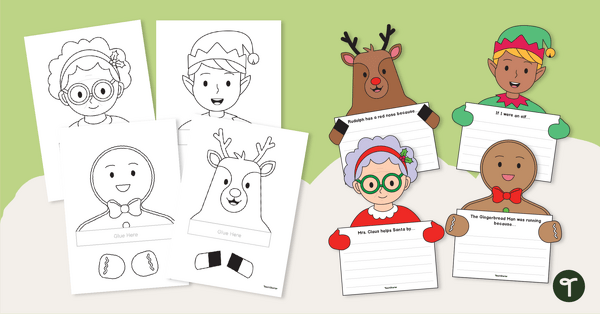
Kids' Christmas Craft and Holiday Writing Prompts
Build an eye-catching Christmas bulletin board with holiday writing templates for your elementary students.
- Plus Plan
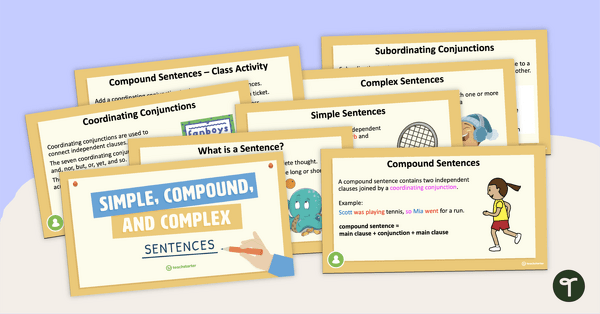
Simple, Compound, and Complex Sentences PowerPoint
A 23-slide editable PowerPoint template that introduces simple, compound, and complex sentences.
- Plus Plan
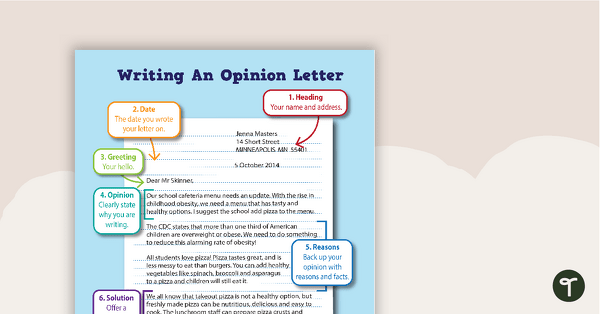
Opinion Writing Anchor Chart - Letter Writing
Demonstrate writing a persuasive letter with an opinion writing anchor chart.
- Plus Plan
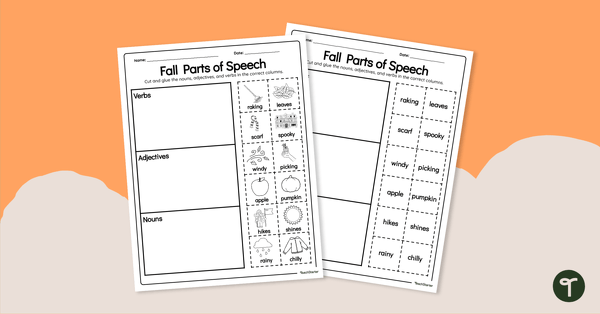
Fall Worksheet - Parts of Speech Cut and Paste
Have a bit of fall fun identifying parts of speech by sorting fall-themed nouns, verbs, and adjectives with a cut and paste worksheet.
- Plus Plan
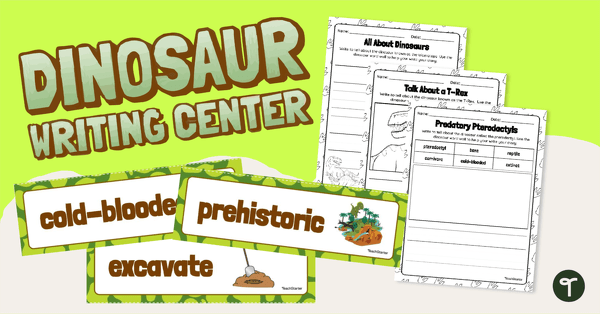
Dinosaurs - Vocabulary Cards and Writing Prompts for Second Grade
Inspire young paleontologists to read and write about dinosaurs with a dinosaur-themed writing center and word wall.
- Plus Plan
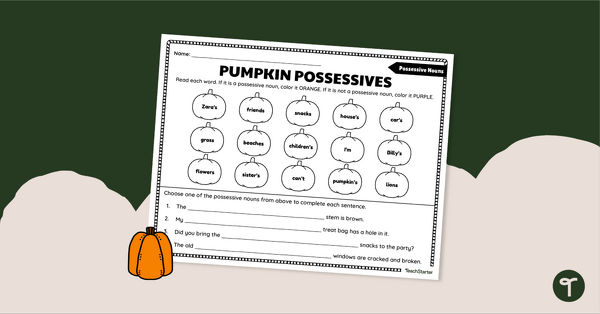
Pumpkin Possessives Worksheet
Practice identifying possessive nouns with this fall-themed worksheet.
- Plus Plan
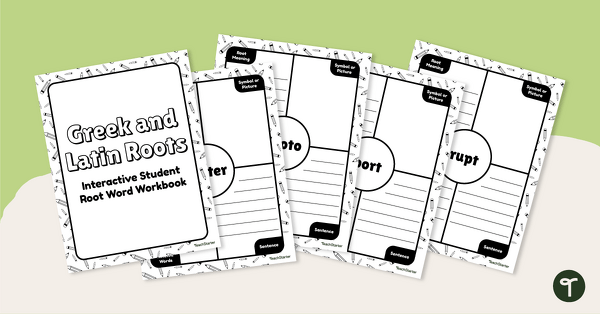
Greek and Latin Roots- Vocabulary Notebook
Enhance vocabulary containing Greek and Latin roots with a Google Slides Interactive vocabulary notebook. Also available in print format.
- Plus Plan
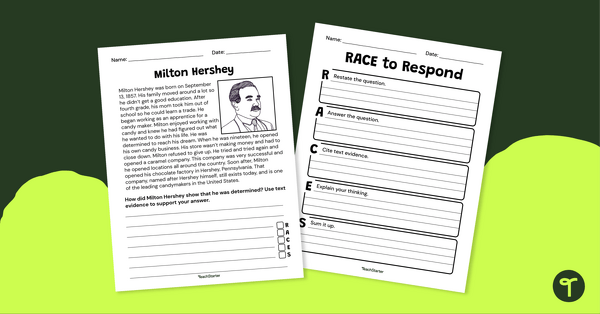
Milton Hershey RACES Writing Strategy Worksheets
Bring National Chocolate Day into your classroom with a biography and RACES writing worksheet about Milton Hershey.
- Plus Plan
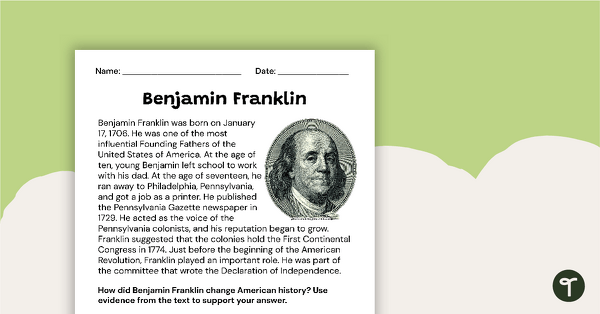
Benjamin Franklin - Constructed Response Worksheet
Learn facts about Benjamin Franklin with an informational reading and writing activity focusing on the constructed response format.
- Plus Plan
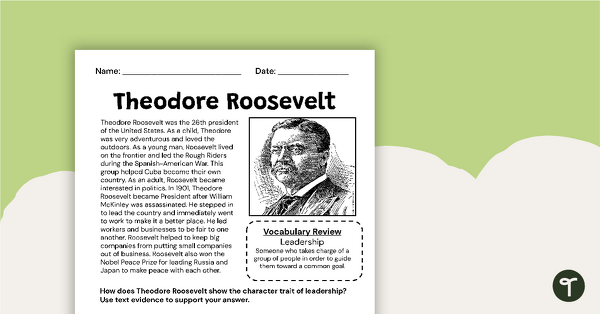
Theodore Roosevelt Constructed Response Worksheet
Teach your students about Theodore Roosevelt with this printable biographical constructed response worksheet.
- Plus Plan
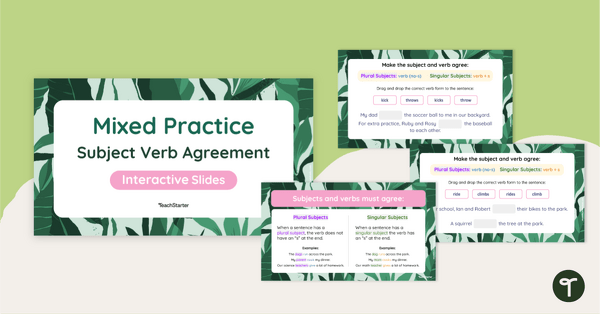
Subject-Verb Agreement Digital Learning Activity
Improve sentence structure and grammar skills with a Google Interactive resource that focuses on a range of subject-verb agreement rules.
- Plus Plan

Singular/Plural Subject Verb Agreement Google Slides Interactive Activity
Improve sentence structure and grammar skills with a Google Interactive resource that focuses on singular and plural subject-verb agreement.
- Plus Plan
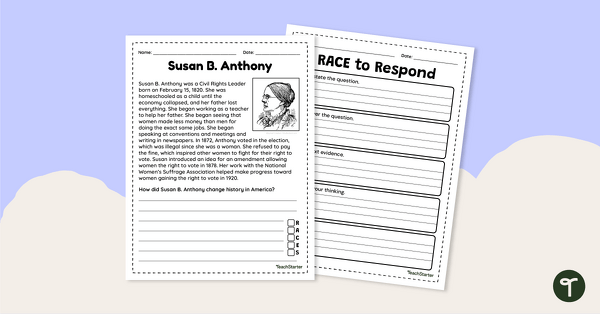
Susan B. Anthony Constructed Response Worksheet
Integrate reading, writing, and American history with a constructed response worksheet about Susan B. Anthony and the women’s rights movement.
- Plus Plan
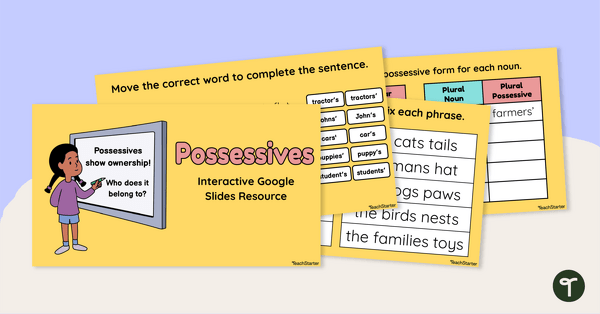
Possessive Google Interactive
Engage your learners with a Google Interactive activity designed to build skill with possessive nouns.
- Plus Plan
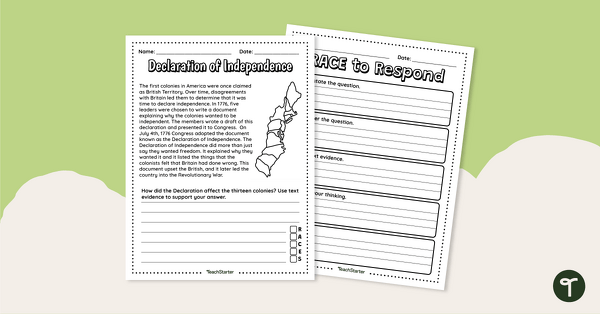
Declaration of Independence- Constructed Response Passage Worksheet
Blend reading, writing, and historical concepts with the Declaration of Independence worksheet.
- Plus Plan
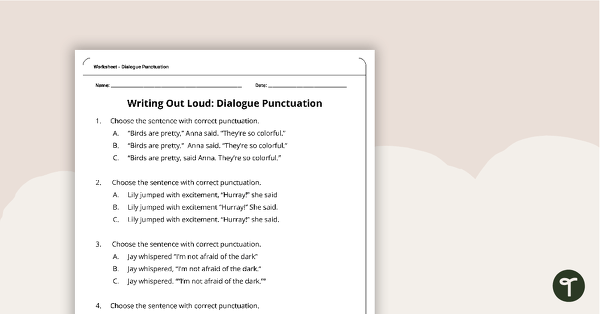
Writing Out Loud: Dialogue Punctuation Worksheet
Practice using quotation marks in writing with a Punctuating Dialogue worksheet.
- Plus Plan

Moving West- Constructed Response Writing Worksheet
Teach your students how to write a good constructed response and integrate grade level Social studies concepts with a Westward Expansion-based Constructed Response worksheet and graphic organizer.
- Plus Plan
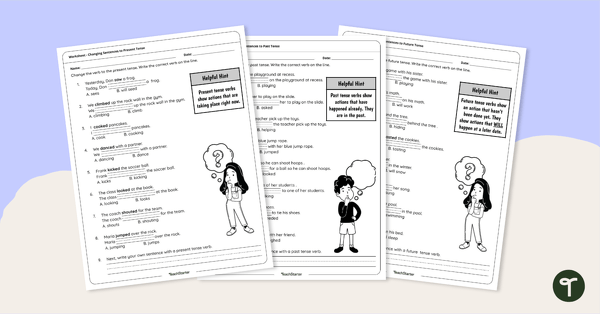
Writing Sentences in Past, Present, and Future Tense Worksheets - Grades 1/2
Provide students with additional verb tense practice with worksheets focusing on changing sentences into past, present, and future tense.
- Plus Plan
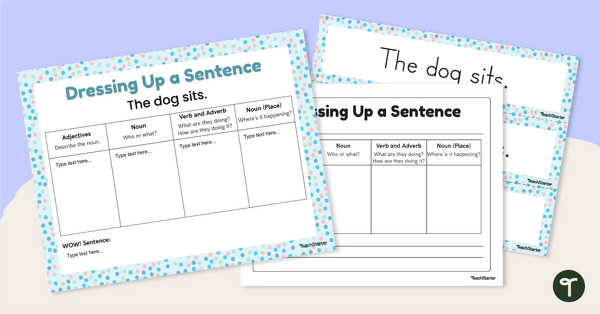
Dressing Up A Sentence - Interactive or Printable Activity
Encourage students to add more descriptive language into their sentence writing with this activity.
- Plus Plan
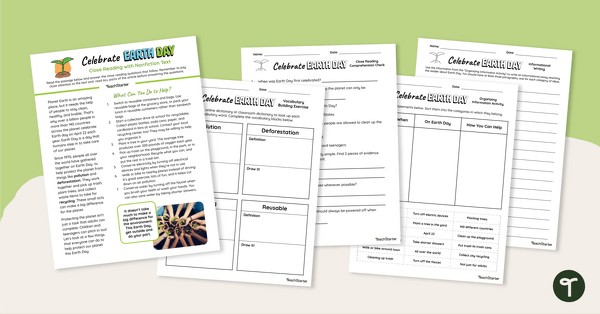
Reading and Writing Nonfiction Text: Earth Day Close Read Worksheets
Enhance your students' comprehension, vocabulary, and writing skills with this nonfiction Earth Day passage and accompanying activities.
- Plus Plan
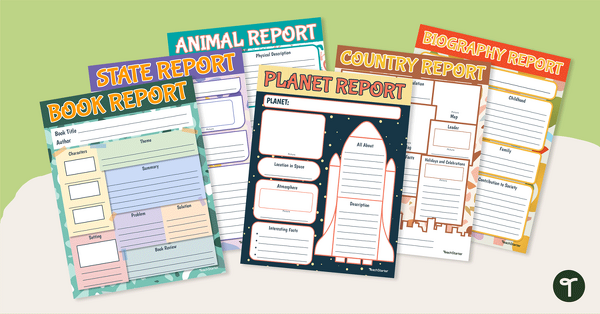
Let's Research! Digital and Print Poster Project Templates
Conduct, organize, and display research about books, people, planets, animals, states, and countries with a versatile set of printable and digital poster templates.
- Free Plan
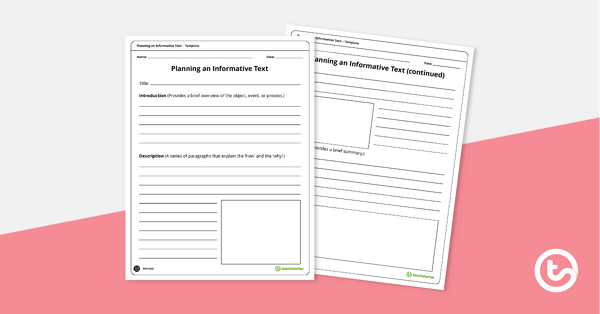
Planning an Informative Text
A planning sheet that can be used to write an informative text.